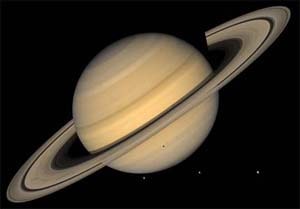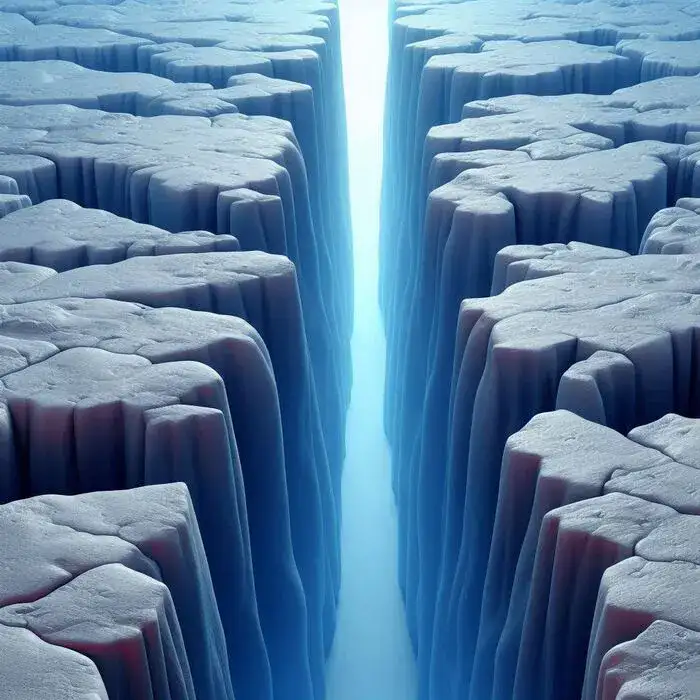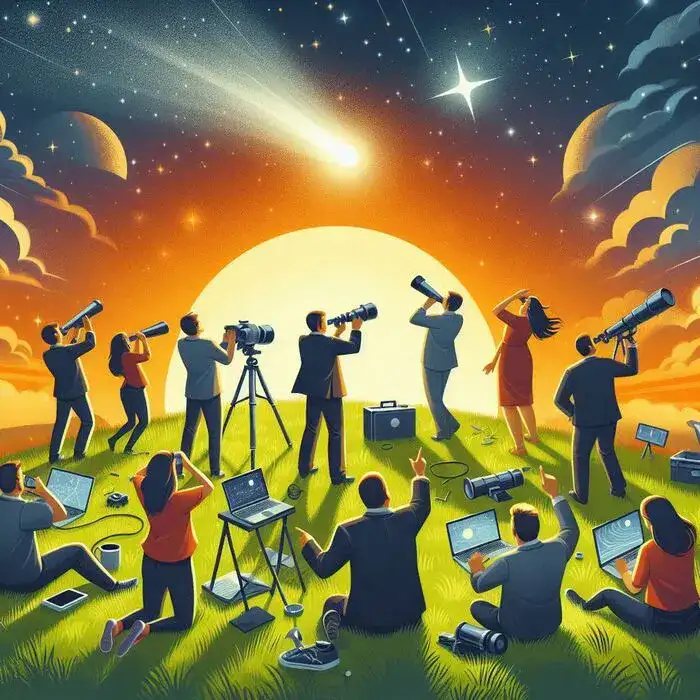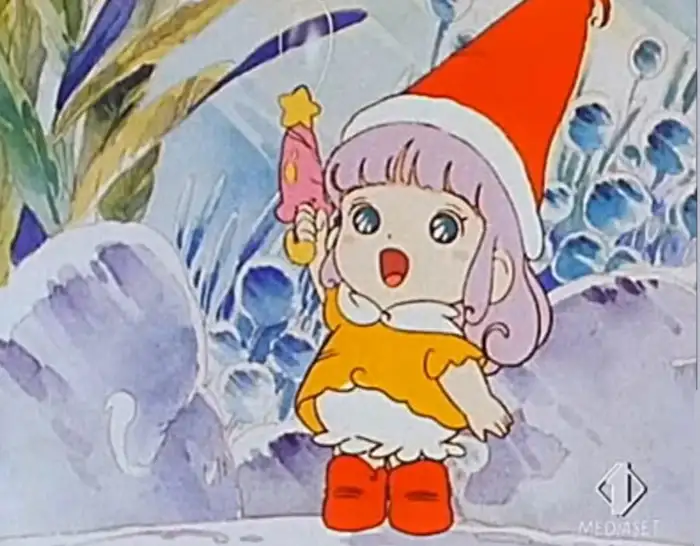English Documentary on Saturn with Transcript and illustrated flashcards inside the transcript to improve your listening and reading comprehension alongside your vocabulary Source of documentary: National Geographic YouTube Channel https://www.youtube.com/watch?v=epZdZaEQhS0 Saturn With its gold color and stunning rings, Saturn is quite a planetary gem. Saturn is the second-largest of the eight planets, and it is about ten times as wide as Earth. Saturn's density Despite its size, Saturn is actually the lightest planet. It is predominantly made of the gases hydrogen and helium, and because of its particular gaseous composition, Saturn is the only planet in the solar system that’s less dense ...
Home » English Documentaries with Transcript » English Documentary on Saturn with Transcript

English Documentary on Saturn with Transcript
Updated: by Hajar Aziz Zanjani
Time to Read: 4 minutes | 507 Views | 9 Comments on English Documentary on Saturn with Transcript
Share This Post
About the Author
Hajar Aziz Zanjani is a professional Persian / Farsi teacher and full-time content developer in Farsi at LELB Society. She has published hundreds of original Persian lessons, created hundreds of Persian podcasts, and taught so many Persian students all around the globe. She's got an MBA degree and is an SEO expert.
Number of Posts: 244



1_How many moon does Saturn have? more than 50
2_ Is Saturn bigger than Earth? yes
3_ what Saturn is made of? It made of gases
How many moons does Saturn have?
It’s made of gases.
One of questions that preoccupied my mind is that whether could imagine to stand on the Saturn’s surface and not sinking in it as it made mostly of gasous material.
* One of the questions that has preoccupied my mind is whether
* as it’s mostly made of
Please note that you are highly recommended to watch the embedded video before the class. Remember that this activity is not just aimed at improving your reading comprehension and enriching your vocabulary.
—
Why are the rings around Saturn fairly stable in spite of their complexity and various composition?
In my opinion Saturn is really on of the most extraordinary planets in the solar system.
Because of it’s rings and is capability to float on water.
Question on the reading: Why Saturn can float on water?
Answer: Because of its particular gaseous composition, Saturn is the only planet in the solar system that is able to float on water.
Excellent comment!
We will discuss that in the class.
Feedback:
1. on of the most => one of the most
2. it’s rings and is capability => its rings and capability (it’s vs. its)
—
I’m waiting for other comments and questions.
Saturn
With its gold color and stunning rings, Saturn is quite a planetary gem. Saturn is the second-largest planets, and it is about ten times as wide as Earth. Despite its size, Saturn is actually the lightest planet. It is predominantly made of the gases hydrogen and helium. And because of its particular gaseous composition, Saturn is the only planet in the solar system that’s less dense than water. If the planet were placed on an enormous ocean, it would be able to float.
Saturn gaseous makeup also means that it has no true surface. At its center, the planet has a dense core of water, ice, and rocky material but it has no actual land mass. Instead, it is mostly made of gases, liquids, and yellow ammonia crystals that swirl around the planet, creating golden clouds and storms. The largest storm on Saturn is at its north pole. It is over twice the size of Earth and shaped in a near-perfect hexagon. Each of the six sides is believed to be the result of jet streams which all encircle a massive hurricane.
Because of Saturn’s inhospitable environment, the planet cannot support life, but some of its moons might.
⁕ Saturn’s moons
Saturn has more than 50 confirmed moons, and each varies in size and terrain.
– Enceladus, one of Saturn’s smallest moons, is covered in ice and only about as wide as the state of Pennsylvania.
– Titan, Saturn’s largest moon, is nearly as wide as Canada. Titan is also the only moon in the solar system with clouds and a dense atmosphere.
Both Titan and Enceladus have underground oceans that would make them potentially capable of sustaining life.
⁕ Saturn’s rings
Saturn’s moons may also play a role in shaping the planet’s signature feature, its rings. Saturn’s ring system is the largest and most complex in the entire solar system. The rings are made of icy and rocky remnants of comets, asteroids, and moons. The particular range in size from being as small as dust to as big as mountains. The ring system is divided into seven groups of rings. Altogether, they are as wide as four-and-a-half Earths, but only about two-thirds of a mile thick.
– How rings stay around Saturn:
How the rings are able to stay on track and intact, has to do with Saturn’s smallest moons, called Shepherding moons. These tiny satellites orbit between the rings and they seem to use their gravity to shape the ring material into circular paths.
⁕ The charm of Saturn
Saturn has fascinated scientists and amateur astronomers alike for thousands of years. The ancient Greeks and Romans who named the planet after their god of agriculture believed it was a star. It wasn’t until the 17th century, after the telescope was invented that scientists like Galileo Galilei, Christian Huygens, and Giovanni Cassini could take a much closer look.
Only then was Saturn’s planetary status discovered and ultimately its many moons and brilliant rings. Because of its planet-like moons, lightweight composition and dazzling ring system, Saturn continues to mesmerize us to this day.
Thank you so much for all of your efforts!
* In one part of your transcript, you mistook “particles” for “particular”.
* You still have some issues with sentence formation, thus punctuation marks.